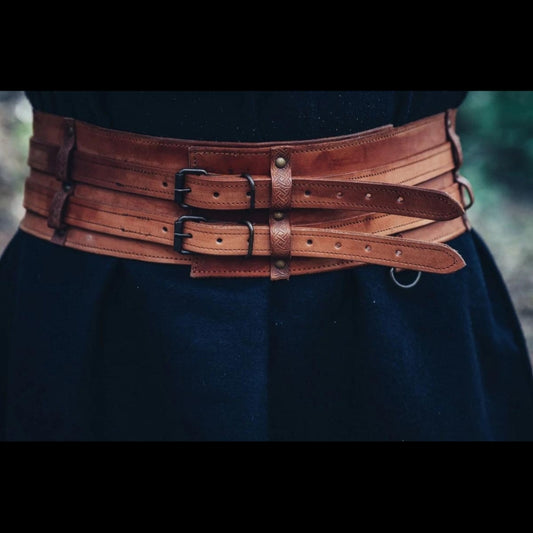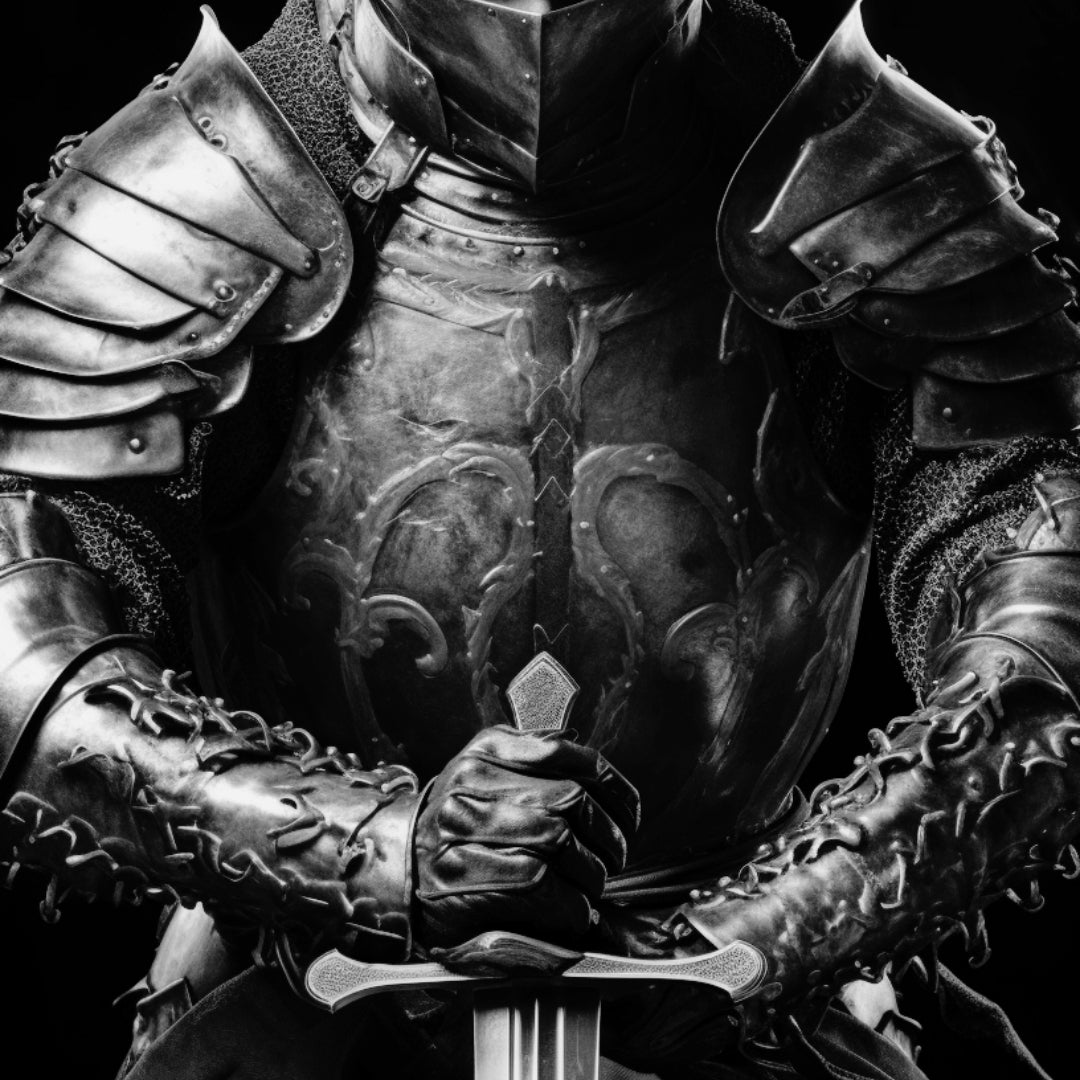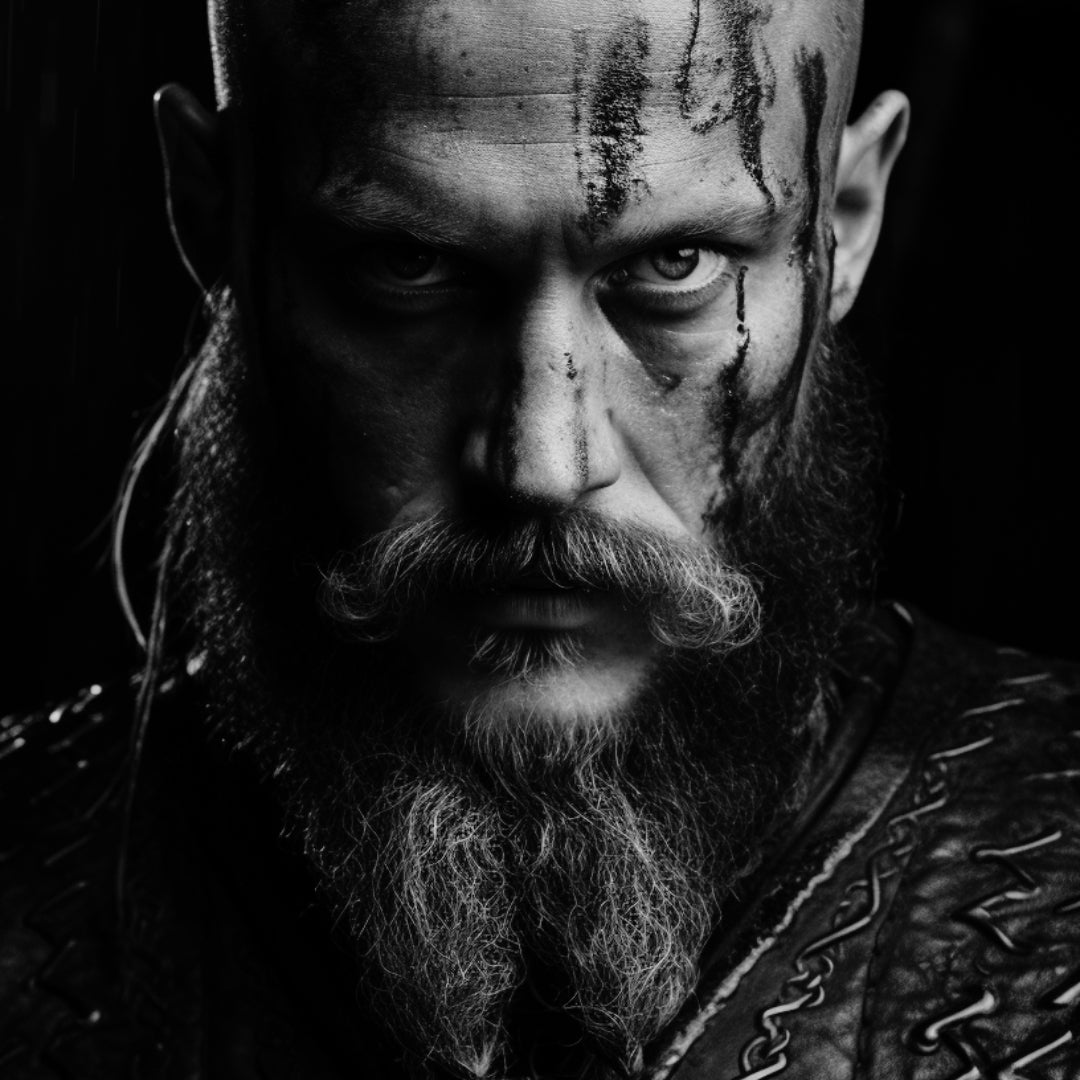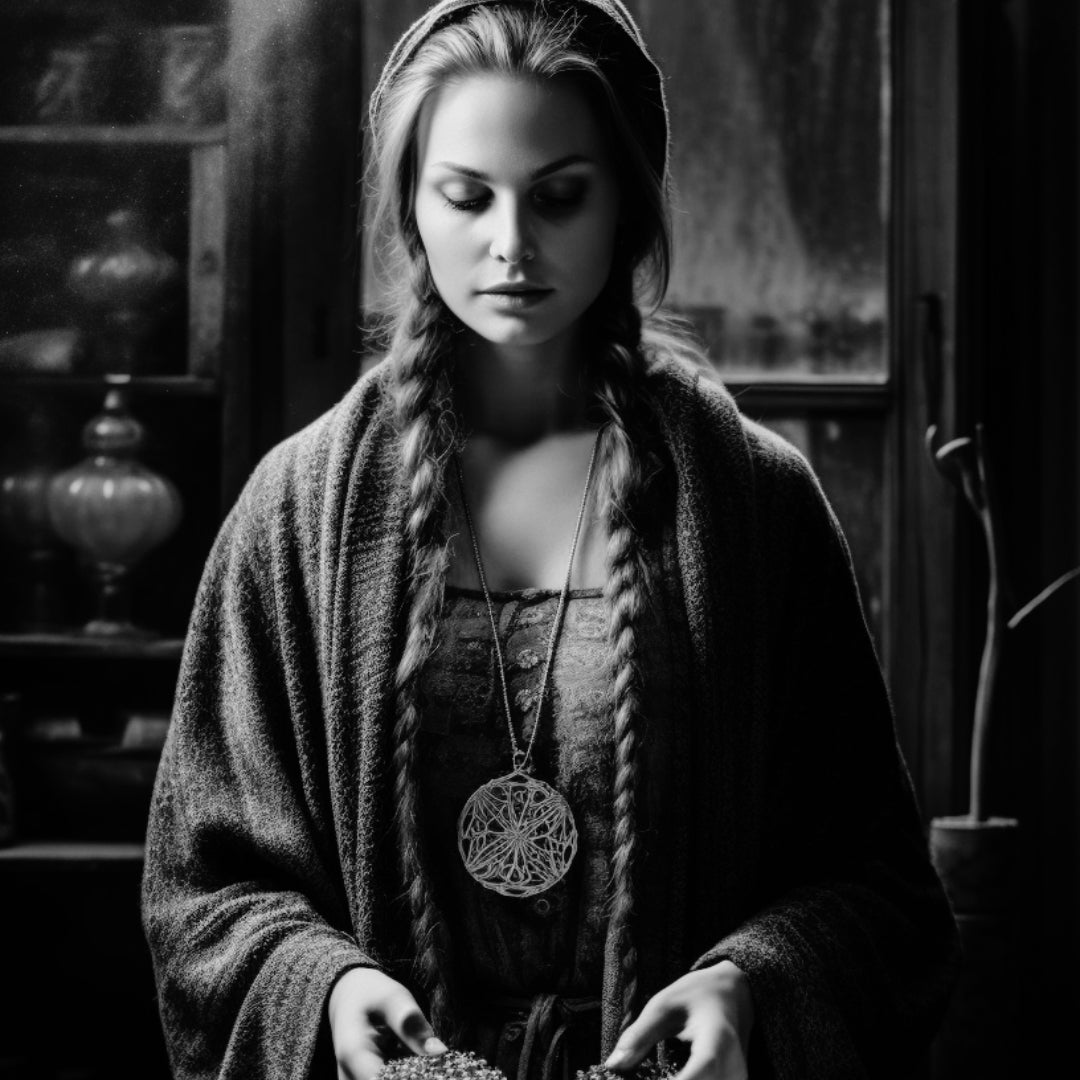Build a Legacy:
-
Hancrafted Mjolnir Round Belt Buckle
Regular price $48.00 USDRegular priceUnit price per$48.00 USDSale price $48.00 USD -
Hancrafted Triskel Oval Belt Buckle
Regular price $48.00 USDRegular priceUnit price per$48.00 USDSale price $48.00 USDSold out -
Hancrafted Celtic Dogs Round Belt Buckle
Regular price $48.00 USDRegular priceUnit price per$48.00 USDSale price $48.00 USD -
Hancrafted Celtic Round Belt Buckle
Regular price $58.00 USDRegular priceUnit price per$58.00 USDSale price $58.00 USD -
Hancrafted Mjolnir Belt Buckle
Regular price $48.00 USDRegular priceUnit price per$48.00 USDSale price $48.00 USD -
Hancrafted Celtic Dogs Squared small Belt Buckle
Regular price $41.00 USDRegular priceUnit price per$41.00 USDSale price $41.00 USD -
Hancrafted Ringerik Dragon Small Round Belt Buckle
Regular price $41.00 USDRegular priceUnit price per$41.00 USDSale price $41.00 USD -
Hancrafted Ringerik Dragon small Belt Buckle
Regular price $41.00 USDRegular priceUnit price per$41.00 USDSale price $41.00 USD -
Handcrafted Viking Belt with Rus Buckle
Regular price $48.00 USDRegular priceUnit price per$48.00 USDSale price $48.00 USD -
Handcrafted Viking Belt with Buckle and Contera
Regular price $48.00 USDRegular priceUnit price per$48.00 USDSale price $48.00 USD -
Handcrafted Viking Belt with Buckle and Toggle from Gokstad
Regular price $64.00 USDRegular priceUnit price per$64.00 USDSale price $64.00 USD -
Viking Belt with Gotland Buckle and Toggle
Regular price $67.00 USDRegular priceUnit price per$67.00 USDSale price $67.00 USD -
Handcrafted Birka Viking Belt with Birka Buckle and Toggle
Regular price $48.00 USDRegular priceUnit price per$48.00 USDSale price $48.00 USD -
Handcrafted Gnezdovo Zoomorphic Buckle Belt
Regular price $67.00 USDRegular priceUnit price per$67.00 USDSale price $67.00 USD -
Handcrafted Viking Belt with Birka Buckle - Bronze
Regular price $38.00 USDRegular priceUnit price per$38.00 USDSale price $38.00 USDSold out -
Handcrafted Viking Belt With Buckle And Borre Style Ferrule
Regular price $36.00 USDRegular priceUnit price per$36.00 USDSale price $36.00 USD -
Handcrafted Viking Belt With Buckle And Contera Of Novgorod
Regular price $36.00 USDRegular priceUnit price per$36.00 USDSale price $36.00 USD -
Handcrafted Viking Belt with Buckle and Toggle from Værne / Rygge
Regular price $48.00 USDRegular priceUnit price per$48.00 USDSale price $48.00 USD -
Handcrafted Gotland Medieval Belt
Regular price $36.00 USDRegular priceUnit price per$36.00 USDSale price $36.00 USD -
Handcrafted Viking Belt with Stamped Brass Ornaments
Regular price $85.00 USDRegular priceUnit price per$85.00 USDSale price $85.00 USD -
Robust “Sif” Viking Belt Dark
Regular price $153.00 USDRegular priceUnit price per$153.00 USDSale price $153.00 USD -
Celtic Leather Battle Belt "Bedran" Wide Belt
Regular price $157.00 USDRegular priceUnit price per$153.00 USDSale price $157.00 USD
Viking and Celtic Belt Buckles
This is our collection of Viking and Celtic belt buckles, all handmade in pewter or copper by our expert craftsmen partners in Spain. They add distinctive Viking style to your look whether you are a businessman or a cowboy!
They won’t fade or lose their unique detail even with heavy use and are an appropriate size for most standard belts.
You can find descriptions of some of the most popular pieces in our belt buckle collection below.
Celtic Belt Buckles
Knotwork is probably the most iconic element of Celtic art, and our Round Celtic Belt Buckle features an intricate knotwork design.
Making designs with unbreakable lines represents several key elements of Celtic philosophy. It shows the interconnection of all things and ideas of cause and effect as pieces of a line coil back and intersects again. It also shows the unbreakable line of fate that must be followed.
This particular belt buckle uses what is known as the Dara Knot. This specifically represents the roots of a great oak tree, a “doire”. The roots connect the living with the ancestors, which is a source of great strength. It is the roots support the flourishing tree.
We also have a few different Celtic Belt Buckles featuring Celtic Dogs, an important them in Celtic art. Dogs were a symbol of both wealth and loyalty. They were often given as gifts between wealthy men, and they represented good luck and fortune.
The dogs also symbolize hunting, healing, and other worlds, since dogs were thought to act as guardians of the gateways between the worlds of the living and the supernatural. When dogs bark at thin air, it is because they can detect supernatural forces that are invisible to humans.
Dogs were guardians of the crossroads, just as they are in the religious beliefs of the American south. Celtic seers would chew on dog meet to gain prophetic visions.
Viking Belt Buckles
Our Mjolnir Viking Belt Buckle is one of our most popular models because Thor’s Hammer is the quintessential symbol of “Vikingness”. Mjolnir symbols were commonly worn in the Viking age, and more than twice as many jewelry pieces featuring Mjolnir survive than all other symbols combined. It is believed that it was worn as a symbol of protection, since it was Thor, the strongest of the Aesir gods, who was charged with protecting the world of men.
Mjolnir is also one of the few Viking symbols that continued to be used well into the Christian period. It is thought that it was used as a symbol of continued allegiance to the old ways, specifically contrasting with the Christian cross.
Our Triskelion Viking Belt Buckle is for lovers of Odin, as this was one of the god’s many symbols. It refers specifically to the story of the Mead of Poetry. Odin disguised himself and went on a grand quest to steal the Mead of Poetry from the giants. This was because Odin was always covetous of knowledge, and the mead can grant complete mastery of the spoken word.
Odin stole the mead, drinking it and holding it in his belly as he flew back to Asgard in the form of a bird. In Asgard, he stored the mead in three great drinking horns, represented by the Triskelion. But, as he was flying over Midgard, he let some drops of the mead fall. It is these splashes that grant the human bards their talent.
This is a great piece for modern-day Vikings that take on the world with the pen rather than the sword and for performers.
Our Ringerik Belt Buckle features a dragon or serpent in the Ringerike art style that was popular in Norway in the 10th century, the height of the Viking era. It represents a great serpent with its body twisting around itself to form an elaborate pattern. This is more or less the Viking equivalent of Celtic knotwork and a very popular motif in Viking art across the centuries.
The serpent is surely Jormungandr, one of the children of Loki with the giantess Angrboda. The gods so feared the potential evil of an offspring of such a monstrous union that the threw the young serpent in the waters surrounding Midgard. There it grew to such an enormous size that it encircles the whole world and holds its own tail in its mouth. This is a metaphor. Fears and problems ignored have a tendency to grow!
Jormingandr is only destined to drop its tail at Ragnarok, when it will fight to the death with Thor. The two will kill one another before the world comes to an end and sinks back into the waters of chaos.





























